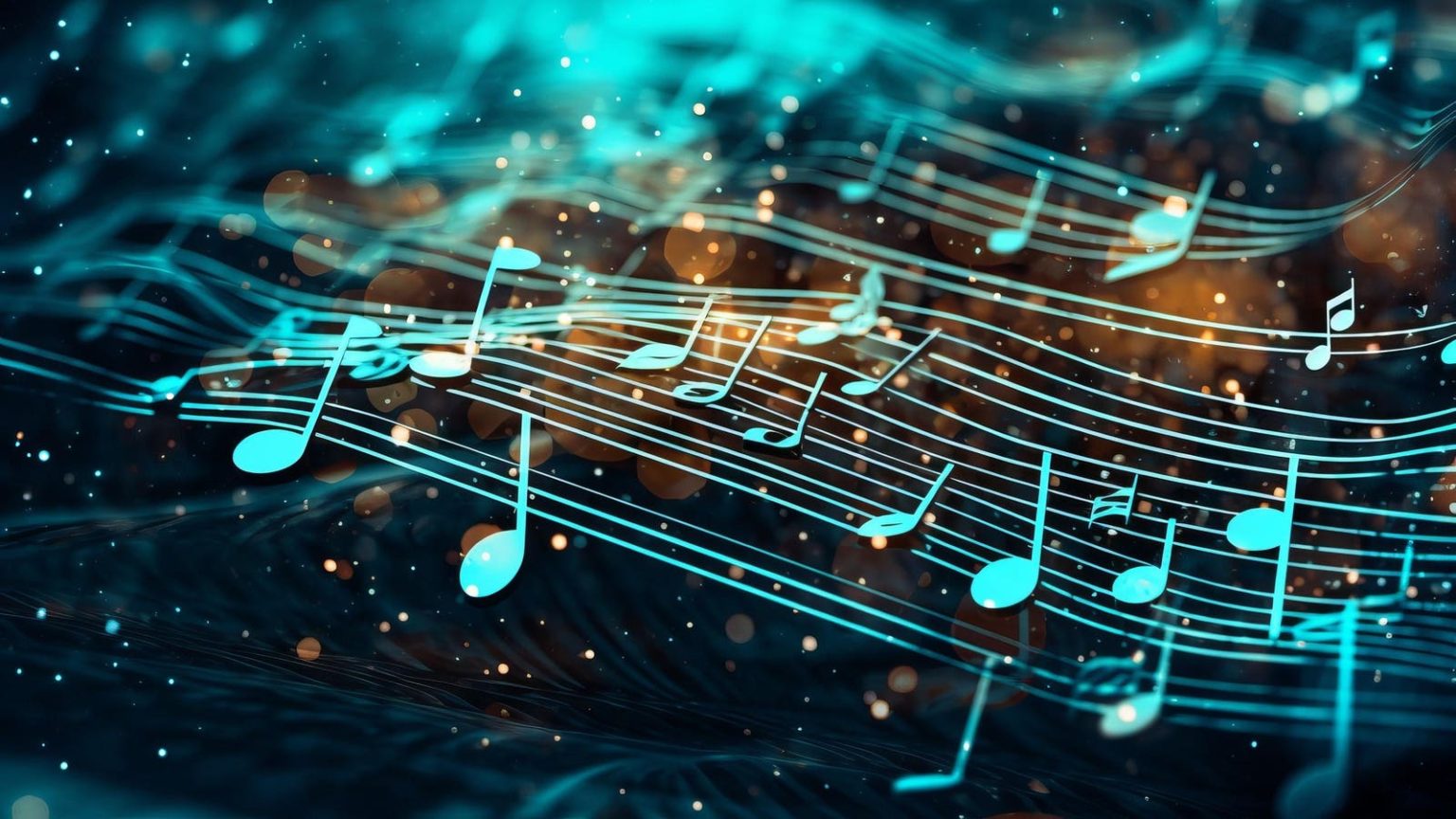AI technology has made significant advancements in generating realistic sounds, not just text and images. Developers have created tools that can produce lifelike music, voice, and sound effects, offering practical solutions for those needing background sounds or voiceovers for their projects. Five standout AI-driven tools have impressed users with their capabilities in creating realistic voices and audio effects, as well as catchy pop songs. These tools include Stable Audio 2.0, Mubert, Elevenlabs, Synthesia, and Suno.
Stable Audio 2.0, developed by stability.ai, offers text-to-audio and audio-to-audio capabilities, creating songs based on uploaded samples or natural language prompts. Tracks can be up to three minutes long, and the model is trained on licensed data from the AudioSparx music library, ensuring original creators are compensated. Mubert is an all-in-one generative AI-powered music production studio that generates tracks up to 25 minutes long from a single prompt, with options for genres, instruments, and moods. Elevenlabs, created by former Google and Palantir engineers, generates spoken-word audio with emotional intonation, making it ideal for creating human-sounding dialogue.
Synthesia, known for its video generation capabilities, also excels in creating realistic voices with a library of over 130 voices and the ability to translate audio into multiple languages. Suno is a fun tool that creates songs based on text prompts and allows users to choose genres and lyrics. Users can create songs of up to 1 minute and 20 seconds for free, with options to extend through premium tiers. These tools provide innovative ways for users to generate music, voiceovers, and sound effects using AI technology.
In addition to the standout tools mentioned above, there are numerous other generative AI music and sound tools available for users to explore. From open-source models like AudioCraft to AI-powered songwriting assistants like Amadeus Code, users can experiment with different tools to find the best fit for their needs. Whether users are looking to create complex and emotional music pieces with AIVA or compose short songs with Beatbot, there is a wide range of options available. These tools offer a glimpse into the possibilities of AI technology in the realm of music and sound generation.
Overall, the advancement of AI technology in creating realistic sounds has opened up new avenues for music production, voiceovers, and sound effects. With a variety of AI-powered tools available, users have the opportunity to explore different platforms and find the best fit for their projects. Whether creating background music for videos, generating voiceovers for podcasts, or composing songs, AI technology offers innovative solutions for content creators. As the field of AI-driven sound generation continues to evolve, we can expect even more impressive tools to emerge, pushing the boundaries of what is possible in music and audio production.













